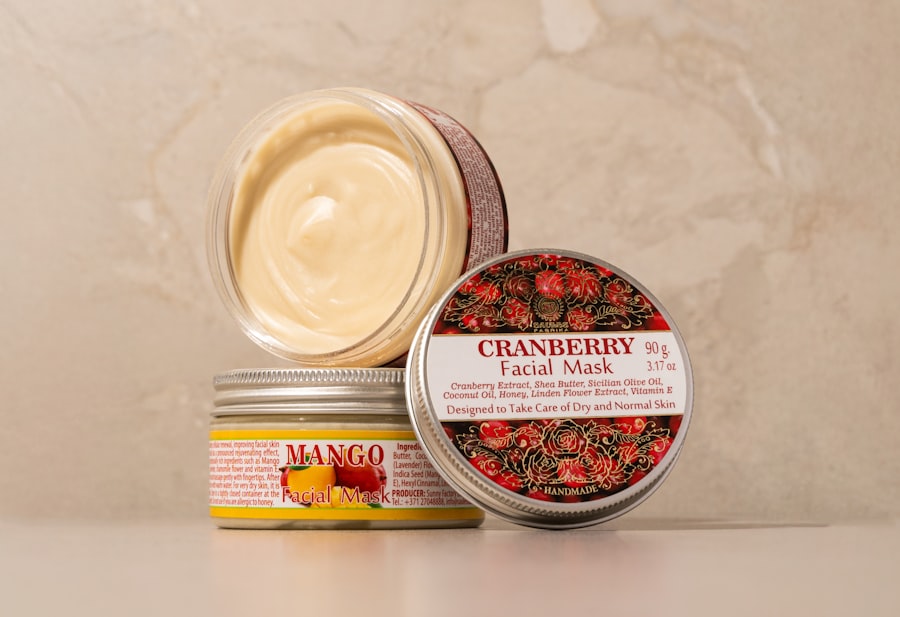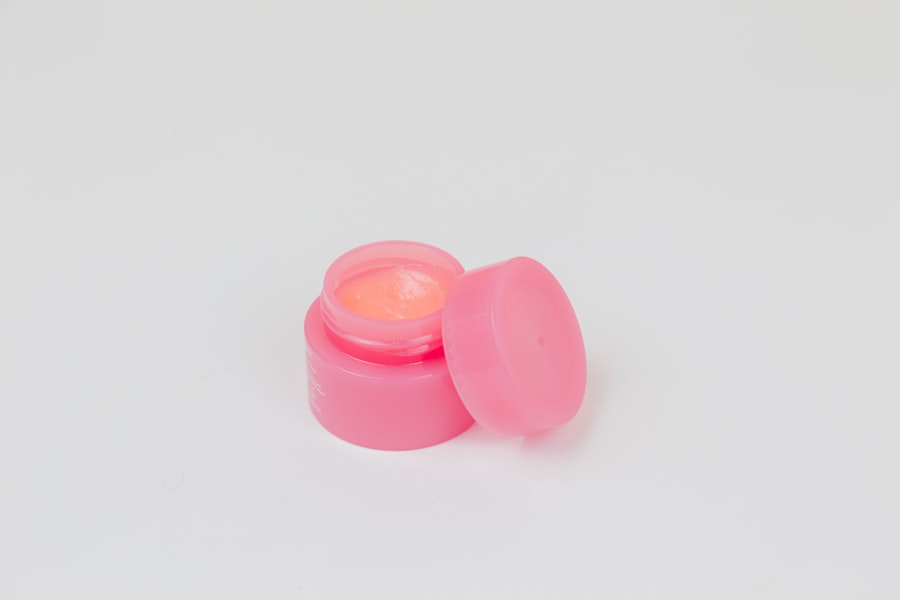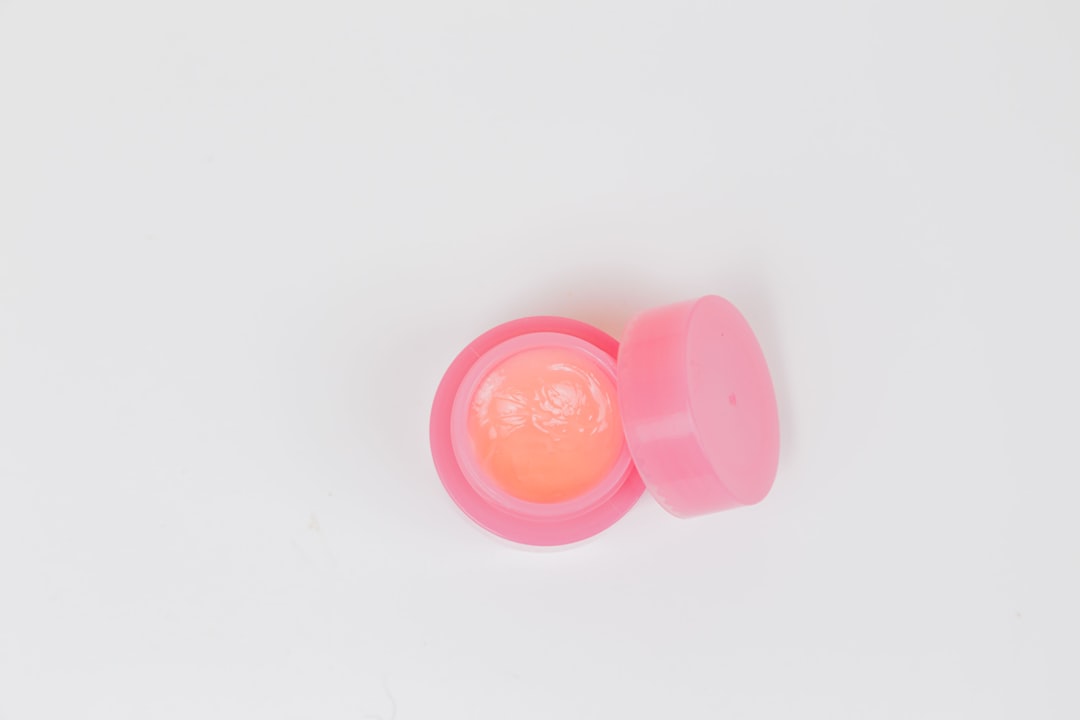Before you embark on your epilation journey, it’s essential to prepare your skin adequately. A well-thought-out pre-epilation skincare routine can significantly enhance the effectiveness of the process and minimize discomfort. Start by cleansing the area you plan to epilate.
Use a gentle, non-comedogenic cleanser to remove any dirt, oil, or makeup that may be present. This step not only ensures that your skin is clean but also helps to prevent any potential irritation during the epilation process. After cleansing, pat your skin dry with a soft towel, avoiding any harsh rubbing that could lead to sensitivity.
Next, consider exfoliating your skin a day or two before you epilate. This step is crucial as it helps to remove dead skin cells that can trap hairs and lead to ingrown hairs. You can use a gentle scrub or a chemical exfoliant containing alpha-hydroxy acids (AHAs) or beta-hydroxy acids (BHAs).
However, be cautious not to over-exfoliate, as this can leave your skin vulnerable and irritated.
Key Takeaways
- Cleanse and exfoliate the skin before epilation to remove dirt and dead skin cells
- Use a gentle, steady hand and hold the skin taut while epilating to minimize discomfort and achieve smooth results
- Apply a soothing and hydrating product after epilation to calm the skin and prevent irritation
- Regular exfoliation helps prevent ingrown hairs and keeps the skin smooth
- Use aftercare products like aloe vera or tea tree oil to maintain the results and keep the skin healthy
Proper Epilation Technique
When it comes to epilation, technique is everything. To achieve the best results, you should familiarize yourself with the device you are using, whether it’s an epilator, wax, or another method. If you’re using an epilator, ensure that it’s clean and charged if it’s cordless.
Begin by holding the skin taut with one hand while gently gliding the epilator against the direction of hair growth with the other hand. This technique helps to minimize pain and ensures that the hairs are removed from the root effectively. It’s also important to work in small sections rather than trying to tackle large areas all at once.
This approach allows you to focus on each section thoroughly, ensuring that you don’t miss any hairs and reducing the likelihood of irritation. If you find the process too painful, consider using a numbing cream or applying a warm compress to the area beforehand. Remember to take your time; rushing through the process can lead to mistakes and discomfort.
By mastering proper epilation techniques, you can achieve smoother skin with less hassle.
Post-Epilation Skincare Routine

Once you’ve completed the epilation process, your skin will need some tender loving care. The first step in your post-epilation skincare routine should be to soothe the area. Apply a gentle, alcohol-free toner or a soothing gel containing aloe vera to calm any redness or irritation that may have occurred during the process.
This will help restore your skin’s natural balance and provide immediate relief from any discomfort. Following this, it’s crucial to moisturize your skin thoroughly. Opt for a lightweight, non-comedogenic moisturizer that won’t clog your pores.
Look for products containing ingredients like hyaluronic acid or glycerin, which are excellent for hydration without being heavy on the skin. Applying moisturizer after epilation not only helps to keep your skin hydrated but also aids in the healing process, ensuring that your skin remains soft and supple in the days following your treatment.
Soothing and Hydrating the Skin
| Product | Soothing Factor | Hydrating Factor |
|---|---|---|
| Lotion A | High | Medium |
| Cream B | Medium | High |
| Gel C | High | High |
After epilation, your skin may feel sensitive or slightly irritated. To combat this, consider using products specifically designed for post-hair removal care. Look for soothing creams or gels that contain ingredients like chamomile or calendula, known for their anti-inflammatory properties.
These ingredients can help reduce redness and provide a cooling sensation that feels refreshing on freshly epilated skin. Hydration is equally important during this phase. Keeping your skin well-hydrated will not only help it recover more quickly but also prevent dryness and flakiness that can occur after hair removal.
You might want to incorporate a hydrating serum into your routine, especially one rich in antioxidants and vitamins that promote skin health. By focusing on soothing and hydrating your skin post-epilation, you can ensure a more comfortable experience and maintain a healthy glow.
Preventing Ingrown Hairs
Ingrown hairs can be one of the most frustrating side effects of hair removal methods like epilation. To prevent these pesky occurrences, it’s essential to adopt a proactive approach in your skincare routine.
By gently sloughing off dead skin cells, you help keep hair follicles clear and reduce the chances of hairs becoming trapped beneath the surface of the skin. In addition to exfoliation, consider using products formulated with salicylic acid or glycolic acid. These ingredients help to keep pores clear and can prevent hairs from curling back into the skin after they’ve been removed.
Incorporating these products into your routine can significantly reduce the likelihood of ingrown hairs developing after epilation. Remember that prevention is key; by taking these steps consistently, you can enjoy smoother skin without the annoyance of ingrown hairs.
Exfoliation for Smooth Skin

Exfoliation is not just a pre-epilation step; it should also be an integral part of your ongoing skincare routine. Regular exfoliation helps maintain smooth skin by preventing dead skin buildup and keeping hair follicles clear. Aim to exfoliate at least once a week using a gentle scrub or an exfoliating mitt designed for sensitive skin.
This will help keep your skin looking fresh and vibrant while minimizing the risk of ingrown hairs. You might also want to explore chemical exfoliants as part of your routine. Products containing AHAs or BHAs can provide deeper exfoliation without the need for physical scrubbing, making them ideal for sensitive areas post-epilation.
These acids work by dissolving dead skin cells and promoting cell turnover, leading to smoother skin over time. By incorporating regular exfoliation into your skincare regimen, you’ll not only enhance the results of your epilation but also enjoy long-lasting smoothness.
Using Aftercare Products
Aftercare products play a vital role in maintaining healthy skin following epilation. Look for soothing creams or lotions specifically designed for post-hair removal care; these often contain calming ingredients like aloe vera or tea tree oil that help reduce inflammation and promote healing. Applying these products immediately after epilation can provide instant relief and help prevent irritation.
In addition to soothing creams, consider using aftercare products that offer long-term benefits for your skin’s health. Moisturizers enriched with vitamins E and C can help nourish your skin while providing antioxidant protection against environmental stressors. Incorporating these products into your routine will not only aid in recovery but also enhance your overall skincare regimen, ensuring that your skin remains healthy and radiant long after you’ve finished epilating.
Maintaining Results
To maintain the results of your epilation and keep your skin looking its best, consistency is key. Stick to a regular schedule for hair removal based on your hair growth cycle; this will help ensure that you’re always working with shorter hairs that are easier to remove. Additionally, continue with your pre- and post-epilation skincare routines to keep your skin in optimal condition.
Don’t forget about ongoing maintenance through exfoliation and hydration as well. Regularly incorporating these practices into your routine will not only help maintain smoothness but also promote overall skin health. By committing to a comprehensive skincare regimen before and after epilation, you’ll enjoy long-lasting results and beautiful, touchable skin that feels as good as it looks.
After undergoing epilation, it is crucial to follow proper aftercare to ensure smooth and healthy skin. One helpful resource for learning about post-epilation care is the article on




